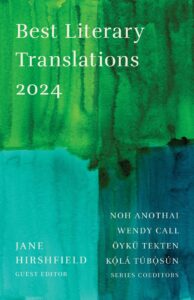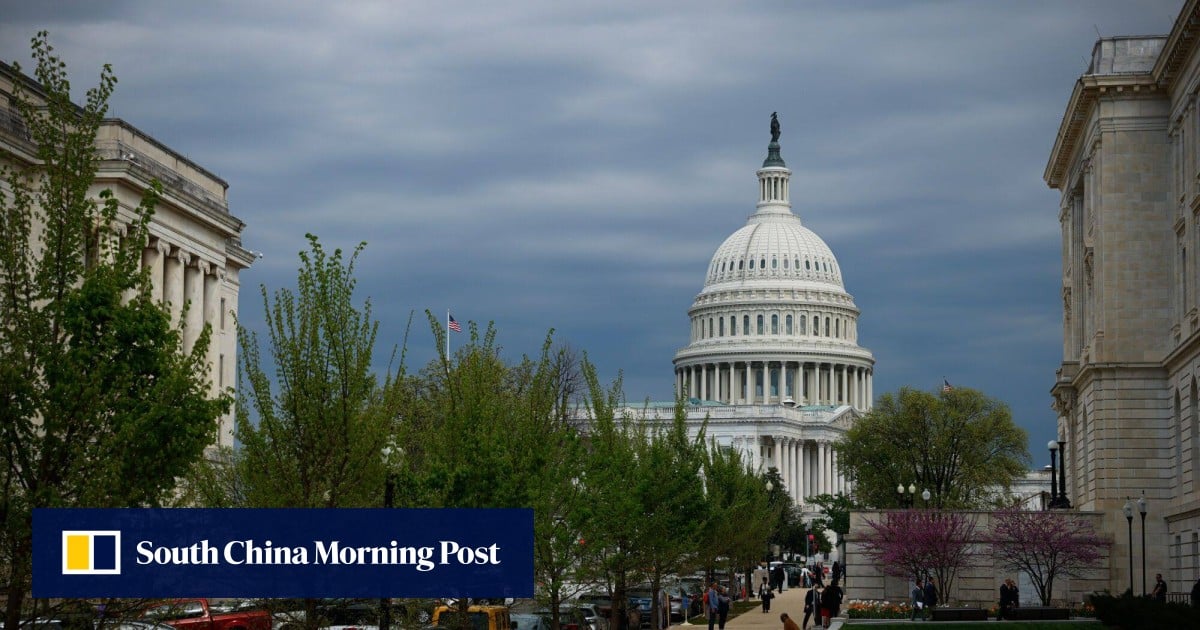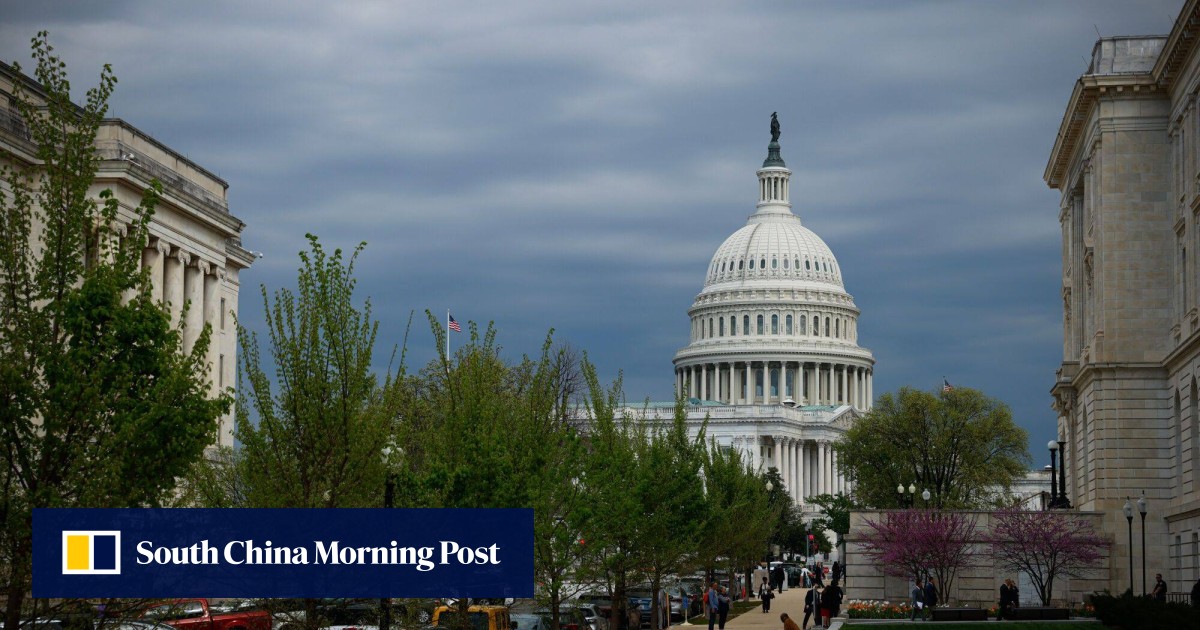Language and literature, made only of words, live both in words and beyond them. Sometimes between them. But also, always, in us: their human practitioners, beneficiaries, chorus, convocation, cocreators, progeny, and flock.
When I was seven or eight years old, I joined that congregation, going into a New York City stationery store on First Avenue between 20th and 21st Streets to scan the circular wire racks near the front door. I was there on my own, allowance money in hand, to select the first book I would buy for myself. I browsed, sampled, pondered—and brought home a Peter Pauper Press book of Japanese haiku. Now, over six decades later, it seems that I’ve followed the sounds and scents of that book for a lifetime.
Even for a child growing up in a housing project on the lower East Side of Manhattan, rain and moon, heat and shadow, are recognized as carrying meanings beyond the physical. Something allusive, elusive, awake, dappled, mysterious lived in those translated pages’ weathers, frogs, and blossoms, something beyond their bringing news also of “elsewhere.” They carried the sense that a surplus seeing and saying existed, that an altered, altering relationship to my own life and language might exist as well. And, too, the news that elsewhere and here were not separate, nor separate from me.
A good poem, it’s been said, expands the available stock of reality. Even more then, perhaps, a good translation. Reading in childhood the work of Bashō, Issa, and Buson, I could not have understood their words’ deeper dimensions. Yet through them I began to recognize the world as the Belfast-born poet Louis MacNeice described it: “incorrigibly plural.”
We take on faith that what we read is close to, or at least close enough to, the work’s experiencing in the language of its creation.
My great good luck, as a reader and as a person, has been to have come of age in an era of blossoming translation. I’ve spent a lifetime reading works from languages I don’t know: Greek tragedies, Nahuatl flower songs, erotic love poems written in second century Sanskrit. Kafka and Sappho, Hildegard of Bingen, Borges. Lady Murasaki, Primo Levi, and José Saramago, Su Tung Po and Marina Tsvetaeva. The Eddas, Gilgamesh, The Dream of the Red Chamber, War and Peace. The world’s sacred texts and trickster tales, Sei Shōnagon’s diary, Turgenev’s sketches, the ghazals of Ghalib, Van Gogh’s letters to his brother, anonymous song-lines mapping the interior of Australia.
All given me by their translators’ hours and years of close-work pondering, self-doubt, and questioning; by their middle of night, insomniac searching for a more accurate or more resinous word. This verb or that one? The definite or indefinite article, as one must be added in English? Should some extra information be offered to make clear a meaning that would have been understood by anyone alive in the place and time the work was written, or should that context, however indispensable, be left for a footnote? Is the original’s tone sincere or might it be comic? How to translate, or not, the name of a bird that does not nest in the new language it’s being brought into, of a fish never seen there, a dish not tasted?
And what of the music, the rhythms? A native Japanese speaker hears alternating patterns of five and seven syllables, whether in poetry or prose, as the sound of a different order of thinking and feeling. A speaker of American English hears rhyming iambic pentameter, the recurrences of litany or blues. The rhythms of a limerick are instantly recognized by an American-English reader as also an attitude and an intention. But an Urdu ghazal’s repeated end-word may seem at first only baffling, the parallel tones of Chinese unconveyable, and the prosody of alternating five and seven syllables will go unnoticed.
The Saint Lucian poet Derek Walcott, in an essay on the self-translating Russian poet-in-exile Joseph Brodsky, speaks of “the desolations that accompany translation.” Walcott describes the translator’s cul de sac problem when the month-name “August” takes a masculine grammar in one language, while in another, the poet—in this case, Walcott himself—has personified August as “a housemaid-cook, her ebony head in a white kerchief as she whipped sheets from a clothesline in a house near the sea…”
Any writer who translates or is translated knows these problems. The pronoun “you” in English is gender-neutral and can turn toward any of seven or nine different meanings. In Polish, though, it must be male or female—making it simply impossible to translate, one translator told me, a poem of mine whose full effect depends on shifting from one meaning of “you” to another.
And yet, a few years later, a different Polish translator included that poem in an anthology of American poets. I do not read Polish. I have no idea what Julia Hartwig’s translation of my poem may seem to say, or how the poem’s larger meaning is affected. Yet I am glad, on faith, that the poem has been brought into Polish.
There is the famous Italian saying, a cliché to evoke here: Traduttore, traditore. “Translator, traitor.” For a person doing the translating (or in my case, cotranslating), the act seems, however humbling, at least possible. One tries, in bringing a thousand-year-old Japanese five-line tanka into English, to choose the grammatical voice and verb tense that most strengthen the poem. The original grammar often specifies neither; the receiving language requires them; you must choose.
Being translated, though, I’ve shaken my head at the complete implausibility of the task, when even within what seems a single language, confusions abound. In the U.S., pumpkin pie is the traditional closing sweet of the fall-harvest holiday dinner. In England, “pie” means a savory main dish, not a dessert (which is called, in the English of England, a “pudding”), and pumpkins are eaten only by livestock. A Japanese translator once asked, “By ‘end,’ did you mean ‘finishing point,’ ‘goal,’ or ‘edge’ like a board of wood has?” “All those, yes, you understand the meaning exactly.” “Japanese doesn’t do that.” A Russian translator emailed that “long-legged” is a cultural stereotype for Americans, did I mean to imply that, and if not, might she say “spindly-legged” instead? “Does it sound good, musically?” I asked. “Very good,” she replied, then moved on to whether the “foreign” in “foreign dust” should be of the invading barbarian kind or indicate only “from elsewhere.”
And still, even knowing all this, when I read a work in translation, I take what is offered at its word. What else can a reader do? We choose a book, we start to read, and the pages include no crosshatch marks of the arduous choice-making, no smoke scent of sorrowful compromise, no crumpled sheets from the vertiginous liberty-takings slipped into the printed text. We take on faith that what we read is close to, or at least close enough to, the work’s experiencing in the language of its creation.
In books where style is clearly foreground—Roberto Calasso’s The Marriage of Cadmus and Harmony comes to mind, a triumph of singular brushwork in Tim Parks’s translation, as does the poetry of Wislawa Szymborska, whose distinctive sensibility Clare Cavanagh and Stanislaw Baranczak’s collaborative translations brilliantly carry—the reader can’t help but hope their own experience is at least kin to that of readers of the Italian or Polish.
And yet… I once began rereading War and Peace in the then-new translation by Richard Pevear and Larissa Volokhonsky but hadn’t quite finished before leaving on a month-long trip. The book was heavy. I completed reading it in the only translation available at my destination: the Constance Garnett, published in 1904. Much was different—sentence rhythms, diction, even the characters’ names—and still it was, after some readjustment, the same book.
I am, as by now must be evident, a forgiving reader of translated works. We all must be forgiving to read at all. The very act of turning ink shapes or pixels into meaning and world is a cognitively generous act, requiring of us every benefit of the doubt.
Translators are surely the harshest critics of one another’s work, objecting to one another’s choices with continuous, demurring dismay. At scales large and small—as is broadly evident in the pages of this anthology—philosophies of translation can honorably widely differ. In “The Task of the Translator,” the German critic Walter Benjamin propounds the preservation of difference—a sentence originally in German should, brought into English, retain an audible reminder of the original grammar and soundscape. (We might think of this as translation speaking as a living person does after changing places and languages: with an accent and syntax that hold their full background and history.)
The Mexican poet Octavio Paz felt differently—he proposed that a translator must try to evoke the same effects by different means. Robert Fitzgerald, whose translations from Greek gave me my first entrance into the tragedies, believed that what was not strange to a work’s original readers should not seem odd to readers in the receiving language. Beauty should echo beauty, he felt—and his translation of the Roman poet Catullus’s elegy for his brother remains, for me, among the most moving and beautiful translations ever made (and contains at least one invention of Fitzgerald’s own). Libyan poet, editor, and translator Khaled Mattawa (who is among the translators included in this collection) has in turn compared translation to playing a musical score—an act not of mechanical repetition, but of interpretation, bringing a work newly to life each time.
Some translators of poetry hew to the work’s original forms, convinced that what was conceived in dactylic hexameter should remain there. Stephanie McCarter, a current classicist, chose to set her 2022 translation of Ovid’s Metamorphoses into the iambic pentameter of blank verse, finding it the nearer equivalent. For an Anglophone, she writes, that meter “simply sounds like poetry, even to the untrained ear.” Others choose hybrid or half-forms, slant rhymes, free verse. Visual conventions may come into poetry’s translation also. In Western traditions, the jagged right margin tells you a poem is a poem, yet the translator-scholar Hiroaki Sato is adamant that haiku should be printed as a single line, not broken into three. In Japan, a poem’s essential poemness is set by ear, not eye.
Any choice made in these realms, whether in poetry or in prose, risks losing something the writer would feel inextricable to the work; yet choices must still be made. For instance, how does one translate a pun, when even the use of homonyms has different resonance in different languages? In English, puns tend toward the comic; in other languages they are a neutral device for increasing meaning. (I know of only one that holds between languages: the word “pine” is used for trees and the emotion of longing in both English and Japanese.)
There’s also the question of time. Some translations of older works deliberately keep the fragrance of antiquity in them—the King James Bible, for instance, was famously brought by its committee of translators into a style and diction of English already a little archaic, to instill in its words the authority of a sacred text long in place. In her illuminating translator’s preface to the Metamorphoses, Stephanie Carter advises not antique diction, but the practice of a stringent temporal hygiene.
When later cultural attitudes and habits of mind are brought into earlier texts, she writes, those intrusions shift not only qualities of surface, but the work’s fundamental worldview and world. Other translators are blatantly and unapologetically anachronistic. This collection includes an Eleventh-Dynasty Egyptian hymn whose singer, four thousand years ago, surely knew nothing of origami, microchips, or bulletproof vests.
Most often, translated works are brought into a more quietly contemporary diction and current aesthetic. This transmigration can make older pieces available in new ways. I was once asked to present The Ink Dark Moon, my cotranslation of the work of the two foremost Japanese women poets of the Heian era, to a graduate class at a Tokyo university. Ono no Komachi wrote in the ninth century, Izumi Shikibu at the turn of the millennium. I’d thought the request odd—would a group of students in Boston want to hear Emily Dickinson in Japanese? I was mistaken.
The students said they were hearing the poems for the first time as relevant to their own lives, as genuinely moving—a response I attribute more to the erasing of a thousand years of dust than to the specifics of Mariko Aratani’s and my choice of words. Poems brought into current-day English could speak as they did when first written: as this moment’s murmur into this moment’s ear.
In his five Massey Lectures delivered for the CBC in 2022, the Indigenous Canadian writer, playwright, and musician Tomson Highway spoke of the different selves his three different languages evoke. English, as he experiences himself in speaking it, is a language “above the neck,” good for matters of mind. French he finds the language of heart and stomach. His birth-language, Cree, he describes as sexual, scatalogical, and immutably funny—onomatopoetic, quickening, a language that laughs at and along with existence.
The act of translating, especially, asks of a person a willing vulnerability and agreed-to exposure.
Languages, then, have their own sensibilities, and these qualities, too, a translation must try to convey, bending the receiving language beyond its home-ground capacities, opening tongue and ear to alternative ways of being, hearing, knowing, feeling. By this process of exchanging capacities, news, gossip, worldviews, and knowledge, cultures broaden, become more capacious. This, too, is the gift of the translations found in this volume. They hold specific experiences, yes, to be tasted and walked inside of, but carry also translation’s fundamental increase of perspective, perception, and possibility, of what can be said, and how.
I will not attempt to describe here the full range of what these pages hold—readers can turn the pages and see for themselves. Their writers come from Eritrea, Chile, Iran, Korea, Norway, Poland, Kurdistan, India, the island of La Réunion. Past, present, and future in turn find their recordings, envisionings, and imagining. A sea krait titles one piece, a lion another. One selection here was assembled from the words of a group of gathered ex-combatants from a conflict zone. Another is missing, withdrawn by its author for reasons of conscience, as described elsewhere. Its absence, though the decision must be respected, grieves me. The larger causes for its absence raise a grief far greater.
*
It’s said that the world loses a language every two weeks. With that language, a unique ecosystem of knowledge and history vanishes also. As with the disappearing animals and plants, we race against quickening extinction. Each work in Best Literary Translations 2024 is a small act of both preservation and cross-pollination—each writer’s vision, sensibility, and concerns are, as the word “translation” holds at its root, carried across. In those moments of carrying, a conjoining occurs. Both receiver and text live afterward changed; some new hybrid of experience, language, and understanding comes into being.
The act of translating, especially, asks of a person a willing vulnerability and agreed-to exposure, a dropping away of the boundaried defenses of a fixed self. The act of translating opens the psyche’s innermost rooms to the unknown. Free of preconceptions and opinion, you must know what is there on its own terms before you can judge it. This is the opposite of this moment’s barraging news, inside the US, of acts of stand-your-ground deadly violence and the deliberately fanned fear of the “other” that lies behind it. A translator is a person offering home ground and welcome to others, as is also a reader, first starting a book. This simple, basic widening of self, psyche, and sense of community—to curiosity; to the magnets of beauty, story, laughter; to the tastes and shapes of the new; to the embrace of questioning, embrace of feeling, embrace of eros over thanatos and mutuality over power—this is one counterweight to the fear, self-assertion, tribalism, and division of our current socio-political era.
Translation, then, and our continuing practice and support of it, has a transformative social dimension. Welcoming the sheer variousness and plurality of all lives; holding the desire to feel what others have felt, to see what they have seen, to imagine what they have imagined; wanting to know oneself not as soloist but as part of a larger chorus and wanting that full chorus heard, its full music sung across time, place, culture, language, causes and conditions—this is the path of kinship rather than closure. To write, translate, read the stories and poems of our lived interconnection is to be part of the work of tikkun olam, the repair of the world—needed now, needed always. Yet we need not feel this as weight or obligation. It is simply what happens when a person is curious enough to pick up a book about things they don’t already think, holding lives they don’t already know.
–May 1, 2023 Mill Valley, California Mount Tamalpais Arroyo Corte Madera del Presidio Watershed on the unceded land of the Coastal Miwok people
__________________________________

From Best Literary Translations 2024, edited by Jane Hirshfield, Noh Anothai, Wendy Call, Öykü Tekten and Kọ́lá Túbọ̀sún. Copyright © 2024. Available from Deep Vellum Publishing.
Adblock test (Why?)




